Nowadays, LED displays are quite common and can be seen almost everywhere you go or walk by. But do you really know about LED displays? In this article, we’ll talk about some basic aspects of LED displays, including the basic knowledge, types, applications, and popular brands of LED displays.
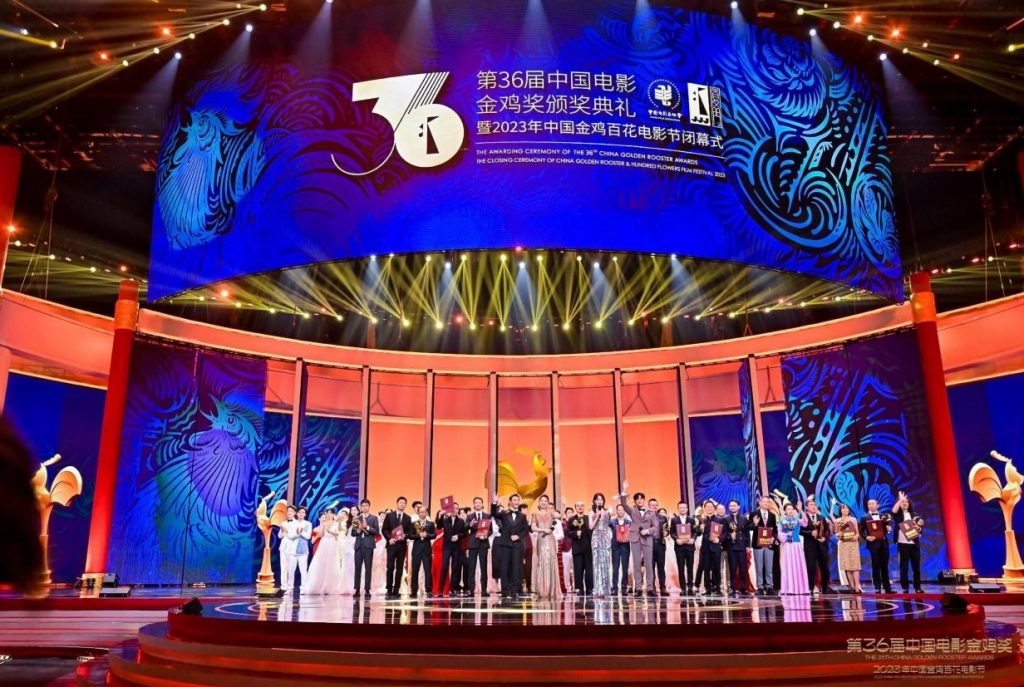
LED screen plays an important role at big events for creating lively atmosphere.
LED Technology:
LED stands for “light-emitting diode.” It is a semiconductor device that emits light when an electric current passes through it. LED technology is widely used in various applications, including displays.
Pixel Structure:
An LED display consists of numerous individual LEDs arranged in a grid pattern. Each LED represents a pixel on the display. In full-color LED displays, each pixel typically comprises three individual LEDs (red, green, and blue) that combine to produce a wide range of colors.
Display Types:
LED displays are available in different forms, including large outdoor digital billboards, stadium screens, indoor video walls, and smaller LED panels used for information displays or signage.
Brightness:
LEDs are known for their high brightness output. This makes LED displays suitable for both indoor and outdoor environments, as they remain visible even in bright sunlight.
Energy Efficiency:
LED displays are energy-efficient compared to traditional display technologies, such as CRT (cathode ray tube) or fluorescent displays. LEDs consume less power while providing high brightness levels.
Longevity:
LED displays have a long lifespan, typically ranging from 50,000 to 100,000 hours of operation. This longevity makes them suitable for applications where continuous usage is required.
Contrast and Color Accuracy:
LED displays offer excellent contrast ratios, resulting in sharp and vibrant imagery. They also provide good color accuracy, allowing for the reproduction of a wide range of colors.
Control Systems:
LED displays are driven by control systems that manage the content and control the individual LEDs. These systems can be used to show static images, videos, animations, or even live data feeds.
Modular Design:
LED displays are often constructed using modular panels. These panels can be easily connected or stacked together to form larger displays of various sizes and aspect ratios.
Applications:
LED displays are used in various applications, such as advertising billboards, sports stadiums, transportation signage, retail displays, command centers, scoreboards, and more.
It’s important to note that LED displays have evolved significantly over time, and there may be newer technologies and advancements beyond the knowledge cutoff of September 2021.
LED displays come in several different types, each with its own characteristics and applications. Here are some common types of LED displays:
LED Video Walls:
LED video walls are made up of individual LED panels seamlessly tiled together to create a large display surface. They are ideal for creating immersive visual experiences and are commonly used in event venues, control rooms, retail spaces, and entertainment venues.

LED Video Wall
LED Billboards:
These are large outdoor LED displays used for advertising and information purposes. LED billboards are designed to withstand various weather conditions and provide high brightness levels for optimal visibility in outdoor environments.
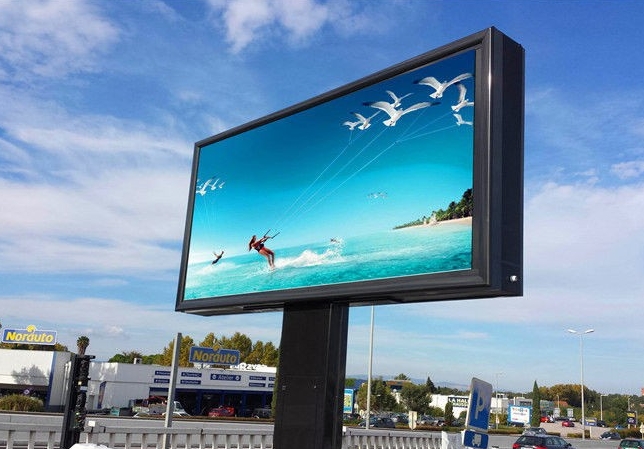
LED Billboard
LED Screens:
LED screens are standalone displays used for indoor applications. They are commonly seen in retail stores, airports, corporate lobbies, and other indoor environments where information or advertising needs to be displayed.
LED Scoreboards:
LED scoreboards are used in sports arenas and stadiums to display scores, game statistics, and other relevant information during sporting events.
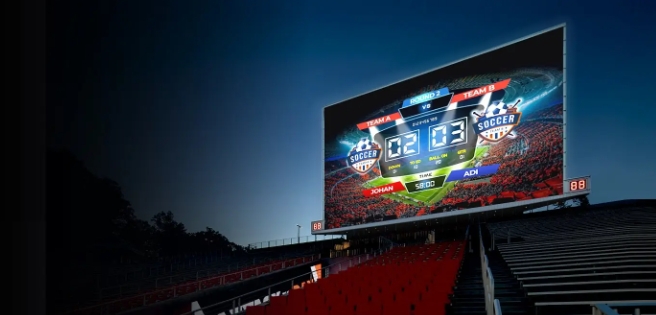
LED Scoreboard for stadiums and sporting events
LED Signs:
LED signs are used for various purposes, including displaying information, advertising, and way finding. They can be found in transportation hubs, public areas, retail stores, and other locations where information needs to be conveyed to the public.

LED signs
LED Matrix Displays:
LED matrix displays consist of an array of individual LEDs arranged in a grid pattern. They are commonly used for text displays, simple graphics, and low-resolution applications, such as electronic signs, bus destination displays, and message boards.
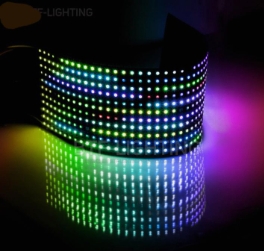
LED matrix display
Flexible LED Displays:
Flexible LED displays use flexible substrates that allow the display to bend, curve, or conform to various shapes. These displays are useful for applications that require unconventional or curved display surfaces.
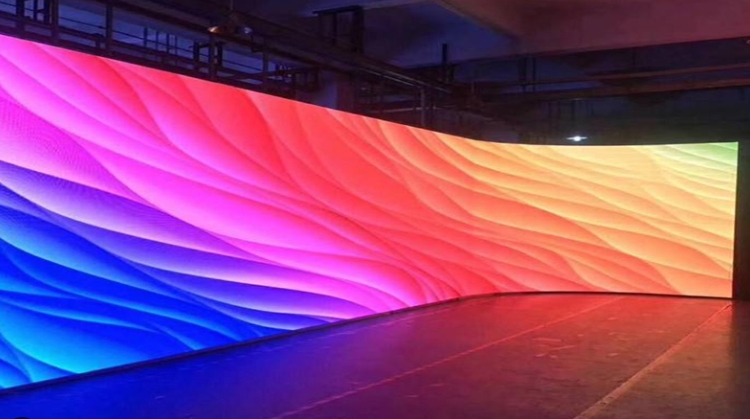
flexible led display
Transparent LED Displays:
Transparent LED displays feature a see-through design, allowing viewers to see the content displayed on the screen while still maintaining visibility through the display. They are often used in retail settings, showrooms, and architectural installations.

Transparent LED display
These are just a few examples of the types of LED displays available. The technology continues to advance, and new types and variations may emerge in the future.
LED displays have a wide range of applications across various industries due to their versatility and visual impact. Here are some common applications of LED displays:
Advertising and Marketing:
LED displays are extensively used for advertising and marketing purposes. They are employed in outdoor billboards, digital signage, and video walls to deliver dynamic and eye-catching content. LED displays allow for creative and interactive advertising campaigns that capture attention and enhance brand visibility.
Sports Stadiums and Arenas:
LED displays are commonly found in sports stadiums and arenas to provide live score updates, replays, and other game-related information. Large LED video boards are used to engage and entertain spectators, enhancing the overall fan experience.
Retail Environments:
LED displays are used in retail settings to attract customers, promote products, and create immersive shopping experiences. They can be used to showcase product information, advertisements, or even interactive displays that allow customers to explore and interact with products.
Control Rooms and Command Centers:
LED video walls are utilized in control rooms and command centers to monitor and manage critical operations. They provide operators with a comprehensive view of data, surveillance footage, and real-time information for effective decision-making.
Transportation Hubs:
LED displays are employed in transportation hubs such as airports, train stations, and bus terminals to provide passengers with information regarding arrivals, departures, schedules, and announcements. LED displays ensure clear visibility and facilitate efficient communication.
Entertainment Venues:
LED displays are widely used in entertainment venues, such as theaters, concert halls, and music festivals, to enhance visual experiences. They serve as backdrops for performances, displaying visuals, graphics, and live video feeds, creating a captivating atmosphere.
Corporate Spaces:
LED displays find applications in corporate environments, including conference rooms, lobbies, and boardrooms. They can be used for presentations, digital signage, internal communications, and branding, allowing businesses to effectively communicate messages and engage employees and visitors.
Education and Training:
LED displays are utilized in educational institutions for interactive learning experiences. They can display educational content, presentations, and multimedia materials, promoting engagement and enhancing the learning process.
Public Spaces and Landmarks:
LED displays are used in public spaces, city centers, and landmarks for information dissemination, public announcements, and artistic displays. They contribute to the visual aesthetics of the surroundings and provide valuable information to the public.
These are just a few examples of the numerous applications of LED displays. As technology advances, LED displays continue to find new applications and adapt to emerging trends in various industries.
There are several popular LED display brands known for their quality and innovation. Here are some well-known brands in the LED display industry:
Daktronics:
Daktronics is a leading provider of LED displays for various applications, including sports venues, digital billboards, transportation, and more. They are known for their high-quality products and have a strong presence in the sports and entertainment industry.
Absen:
Absen is a global LED display manufacturer that offers a wide range of products, including indoor and outdoor LED displays, LED video walls, and creative LED solutions. They are recognized for their advanced technology and have a significant market share in the industry.
Leyard and Planar:
Leyard and Planar are well-known brands that offer a comprehensive range of LED display solutions, including fine pitch LED displays, video walls, transparent displays, and more. They are known for their cutting-edge technology and have a strong presence in various sectors, such as broadcast, corporate, and control room applications.
Samsung:
Samsung is a renowned electronics brand that also produces LED displays. They offer a diverse range of LED display products, including large-format displays, video walls, and fine pitch displays. Samsung’s displays are known for their high quality, vibrant colors, and advanced features.
LG:
LG is another prominent electronics manufacturer that produces LED displays for various applications. Their product portfolio includes indoor and outdoor LED displays, video walls, transparent displays, and more. LG displays are recognized for their excellent image quality and reliability.
Barco:
Barco is a global technology company that offers a wide range of display solutions, including LED displays and video walls. They cater to various industries, such as entertainment, corporate, and control rooms, and are known for their innovative and high-performance LED display products.
Unilumin:
Unilumin is a leading LED display manufacturer that provides solutions for indoor and outdoor applications. They offer a range of LED displays, including fine pitch displays, rental displays, transparent displays, and more. Unilumin is known for their high-quality products and technological advancements.
It’s worth noting that the LED display industry is competitive, and there are many other reputable brands beyond the ones mentioned above. It’s always recommended to research and compare different brands based on your specific requirements and preferences before making a purchase decision.